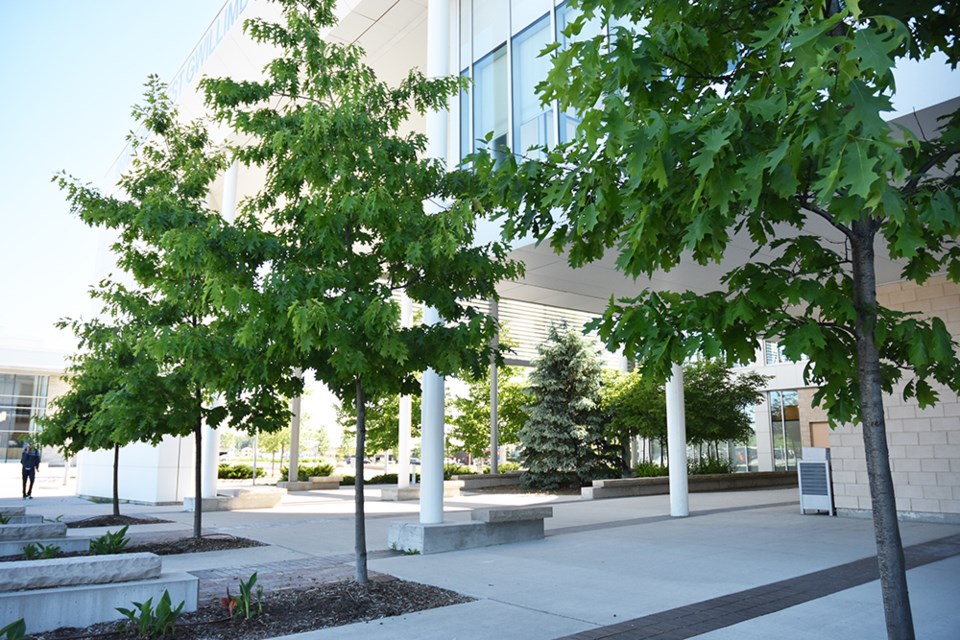According to reports, the giant oak roof timbers in Notre Dame Cathedral, destroyed in last month’s devastating fire, can never be replaced.
That’s because, in Europe, there are no remaining oak trees of the girth and size of the trees cut down nearly 800 years ago.
That got BWG Councillor Gary Lamb thinking.
“Oak was used to build sailing ships, buildings, furniture, floors,” Lamb said, but the harvested trees have never been replaced.
At a recent council meeting, Lamb suggested the town should plant more oak trees on its properties, including parks.
He asked the municipality to consider planting 10 oak trees every year, and encouraging residents to also plant native oaks on their properties, in place of Norway Maple - “an invader from Europe.”
Diseases and insect pests have decimated native Ash trees, American Chestnut, and Butternut, and “the mighty elm is near extinction,” Lamb noted.
“We need to attempt to focus on hardwood indigenous trees that are native to our area,” like Walnut, Silver and Sugar Maples, and Oak.
“Shade trees can help to mitigate the sun’s rays in park settings,” Lamb said. “It’s tough to have a family picnic under an evergreen.”
Five species of oak are already on the list of trees tapproved for planting in town, both on the boulevards and in parks, noted Director of Community Services, Terry Foran.
That list includes Burr Oak, Red Oak, Scarlet Oak, White Oak and Pin Oak, along with Black Locust, Silver, Red and Sugar Maple, Basswood, Ironwood, Hackberry, and a disease-resistant cultivar of White Elm.
But “planting more trees is always a reasonable request,” Foran said, in response to Coun. Lamb’s proposal.
Foran noted that changes have been made to the list of acceptable trees and shrubs to reflect climate change and the trend toward hotter, drier summers.
Tuliptree is already on the list, and the Kentucky Coffee Tree was just added.
“It is very tolerant to drought, and can deal with tough soil conditions,” said Foran. “We are always watching the trends on what the industry is doing.”
Organizations like the South Simcoe Streams Network have also modified their planting lists, in an effort to plant trees that are adapted to the changing conditions. A recent tree-planting in Bradford saw White Swamp Oak and Sycamore among the species planted along Fraser Creek.
Foran said details of the town’s tree-planting plans will be coming to council at a future date.
Asked why there are no fruit trees, walnut or hickory nut trees on the tree planting list, Foran said that, unfortunately, “they have proven to be problematic, in creating a mess and parking concerns.”



